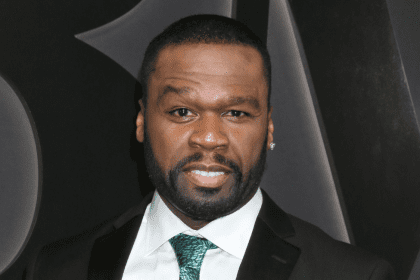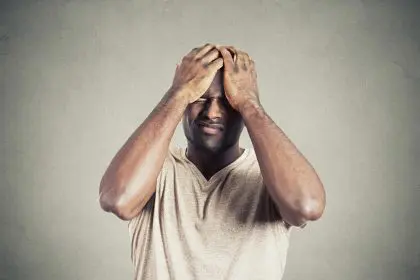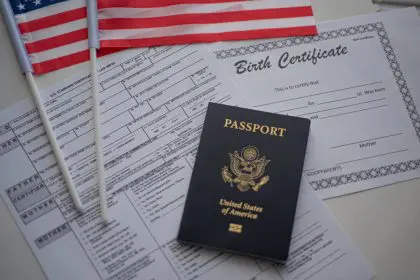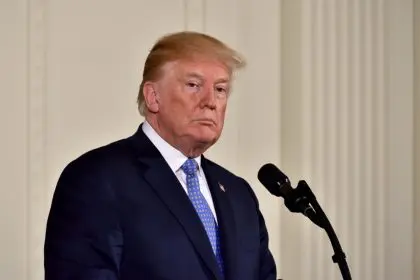A social media influencer‘s misguided attempt at creating viral content has resulted in multiple criminal charges, highlighting growing concerns about dangerous pranks performed for online attention. The incident, which occurred at a Phoenix-area Walmart, has sparked discussions about content creator responsibility and platform accountability.
The escalating cost of engagement
The premise seemed simple enough to Charles Smith, a TikTok content creator with hundreds of thousands of followers: spray some household pest control products on grocery items, film it, and watch the views roll in. But what began as an attempt to entertain his audience quickly evolved into a serious criminal matter that could have endangered public health.
Criminal charges mount
Law enforcement officials have charged Smith with multiple offenses stemming from the incident, including introducing poison into the food supply, criminal damage, and endangerment. The severity of these charges reflects the potential danger posed to unsuspecting shoppers who might have purchased contaminated produce.
The legal troubles for the 27-year-old creator didn’t stop there. In an unexpected twist, Smith now faces additional third-degree burglary charges in a separate case. The court has set substantial bail conditions and imposed strict restrictions on his activities, including a complete ban on social media usage.
The economics of extreme content
Perhaps most telling about this case is the financial motivation driving such behavior. Despite the obvious risks, Smith’s monthly earnings from his social media presence reportedly reached five figures, demonstrating the lucrative nature of attention-grabbing content creation. This financial incentive has created a dangerous feedback loop, pushing creators to execute increasingly risky stunts for views and engagement.
Platform responsibility and public safety
The incident has forced social media platforms to confront their role in preventing dangerous content. While most platforms have policies against harmful pranks, enforcement often occurs only after incidents go viral or authorities become involved. This reactive approach has drawn criticism from safety advocates who argue for more proactive content moderation.
Broader implications for content creation
The case represents a pivotal moment in the ongoing discussion about social media influence and responsibility. Content creators, particularly those with substantial followings, wield significant influence over their audiences. When this influence leads to actions that endanger public safety, it raises questions about the sustainability of current content creation models.
Industry response
Retail organizations have begun implementing stricter security measures in response to similar incidents. Many stores now actively monitor for suspicious filming activity and have updated their policies regarding social media creation on their premises. These changes reflect a growing understanding that viral fame seekers may pose genuine security risks.
Looking ahead
The incident serves as a watershed moment for the content creation community. As the legal process unfolds, industry experts predict this case could lead to stricter platform guidelines and increased scrutiny of prank-based content. The balance between creative freedom and public safety has never been more relevant.
Prevention and education
Social media platforms have started expanding their creator education programs, emphasizing the legal and ethical responsibilities that come with online influence. However, critics argue that more comprehensive changes are needed to prevent similar incidents in the future.
A turning point for creator culture
This case demonstrates how the pursuit of viral fame can lead to serious real-world consequences. As social media continues to evolve, the incident serves as a crucial reminder that digital actions can have tangible impacts on public safety and personal freedom. The challenge moving forward will be maintaining creative expression while ensuring responsible content creation.
The effects of this case extend far beyond one creator’s legal troubles. It has sparked important conversations about content creator accountability, platform responsibility, and the future of social media entertainment. As the digital landscape continues to evolve, this incident may well serve as a cautionary tale for future generations of content creators.











